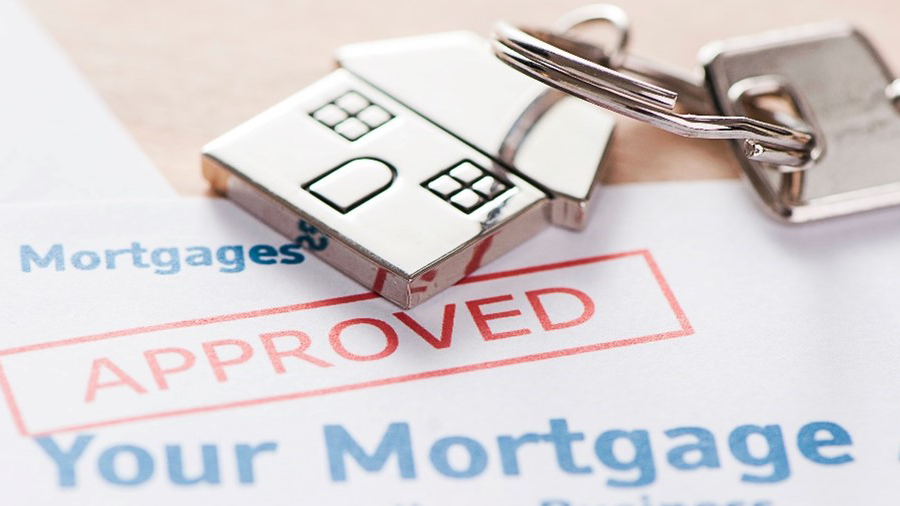Starting a business doesn’t always require massive capital. Many profitable ventures can be launched with minimal upfront costs, making entrepreneurship accessible to almost anyone. Whether you’re looking for a side hustle or a full-time income, here are some low investment business ideas with high profit potential.
1. Freelance Services (Writing, Design, or Consulting)
If you have marketable skills like writing, graphic design, or consulting, freelancing is an excellent low-cost business. Platforms like Upwork, Fiverr, and Freelancer allow you to offer services without needing an office or expensive equipment. Many freelancers earn substantial incomes by specializing in high-demand areas such as content writing, web design, or digital marketing.
2. Social Media Management
Businesses constantly seek professionals who can manage their social media presence. If you understand platforms like Instagram, Facebook, or LinkedIn, you can start a social media management business with just a laptop and internet connection. Services include content creation, scheduling posts, and running ad campaigns. With consistent results, you can charge premium rates and scale quickly.
3. Online Tutoring or Coaching
The demand for online education has surged, making tutoring and coaching a lucrative business. Whether you excel in academics, fitness, or career coaching, platforms like Zoom and Teachable allow you to conduct sessions remotely. You can also create pre-recorded courses and sell them repeatedly, generating passive income.
4. Print-on-Demand Business
A print-on-demand business eliminates the need for inventory. You design custom merchandise like T-shirts, mugs, or phone cases, and a third-party supplier prints and ships them when orders come in. Websites like Printful and Teespring integrate with e-commerce platforms, making it easy to start with little to no upfront investment.
5. Affiliate Marketing
Affiliate marketing involves promoting products and earning commissions on sales. You can join programs from Amazon Associates, ShareASale, or niche-specific brands. By creating a blog, YouTube channel, or social media page around a profitable niche (e.g., tech gadgets, fitness, or personal finance), you can generate passive income through referral links.

6. Dropshipping E-commerce Store
Dropshipping allows you to sell products without holding inventory. You partner with suppliers who ship directly to customers, reducing overhead costs. Platforms like Shopify and WooCommerce make it easy to set up an online store. By focusing on trending products and effective marketing, you can build a profitable e-commerce business with minimal risk.
7. Home-Based Bakery or Catering
If you have culinary skills, a home-based bakery or catering service can be highly profitable. Many consumers prefer homemade, artisanal food over commercial products. Start by selling through social media or local farmers’ markets, and as demand grows, you can expand to a commercial kitchen.
8. Digital Product Creation
E-books, templates, and stock photos are digital products that require no physical inventory. Once created, they can be sold repeatedly on platforms like Etsy, Gumroad, or your own website. For example, resume templates, Canva graphics, or budgeting spreadsheets are in constant demand.
9. Local Cleaning Services
Cleaning services for homes or offices require minimal startup costs—just basic cleaning supplies and transportation. With strong word-of-mouth marketing and competitive pricing, you can quickly build a client base. As profits grow, you can hire employees and expand into commercial cleaning contracts.
10. Pet Sitting or Dog Walking
Pet owners are often willing to pay well for reliable pet care. Starting a pet-sitting or dog-walking business requires little more than a love for animals and good time management. Apps like Rover and Wag can help you find clients, or you can advertise locally through social media and flyers.
11. Virtual Assistant Services
Busy professionals and entrepreneurs frequently outsource administrative tasks. As a virtual assistant, you can offer services like email management, scheduling, or customer support. With organizational skills and basic software knowledge, you can earn a steady income from home.
12. Handmade Crafts and Art Sales
If you’re skilled in crafting, jewelry-making, or painting, selling handmade goods can be profitable. Platforms like Etsy, eBay, and Instagram provide global reach. Unique, personalized items often command premium prices, making this a scalable business with low overhead.
13. Mobile Car Wash or Detailing
A mobile car wash eliminates the need for a physical location. With basic cleaning supplies and a portable water tank, you can offer services at clients’ homes or offices. Premium detailing services (waxing, interior cleaning) can significantly increase profit margins.
14. Blogging or Niche Website Monetization
Starting a blog around a profitable niche (finance, health, travel) can generate income through ads, sponsorships, and affiliate marketing. While it takes time to grow traffic, successful bloggers earn passive income long-term with minimal ongoing costs.
15. Personal Fitness Training (Online or Local)
Certified fitness trainers can offer one-on-one coaching, group classes, or online training programs. With minimal equipment, you can conduct sessions at parks, clients’ homes, or via Zoom. As your reputation grows, so does your earning potential.
Final Thoughts
Many low-investment businesses can yield high profits with the right strategy and dedication. The key is to leverage your skills, utilize digital tools, and focus on scalable models. Whether you choose freelancing, e-commerce, or a service-based business, starting small allows you to test ideas before committing significant capital.
By selecting a business aligned with your expertise and market demand, you can build a sustainable income stream without a large upfront investment. The best part? Many of these ventures can be started immediately—so why wait? Begin today and turn your entrepreneurial dreams into reality.





